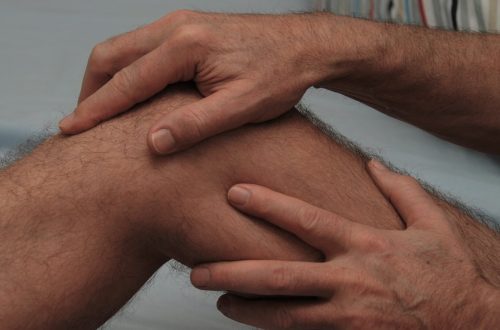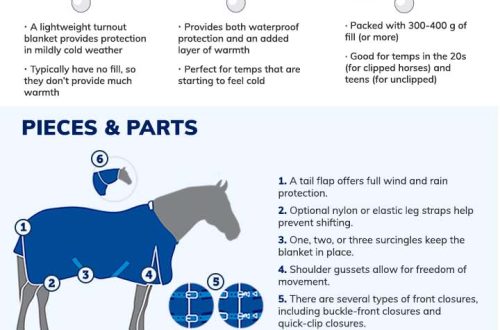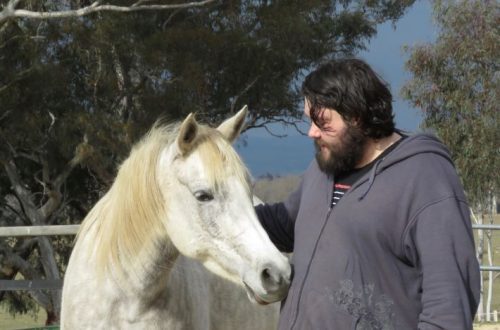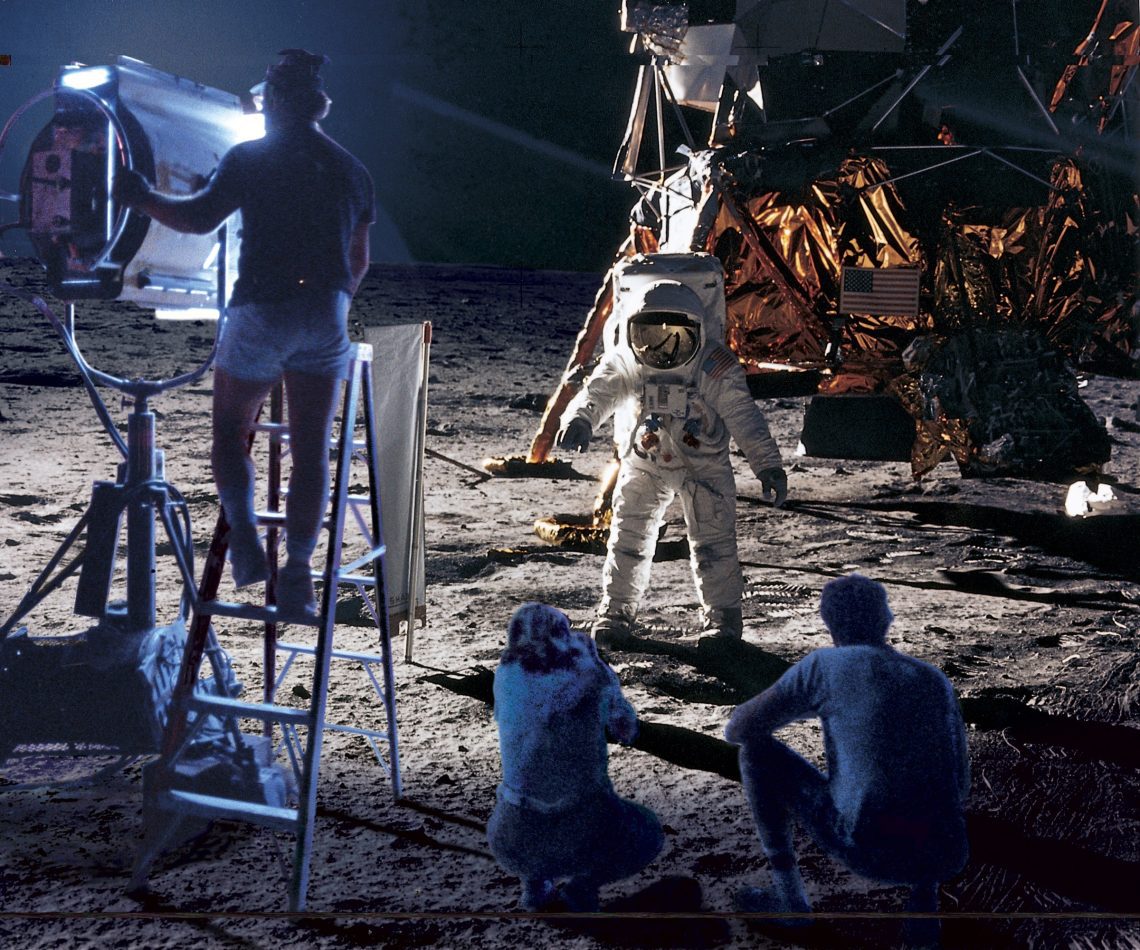
Are we fooling around? No – we are working on landing!
Are we fooling around? No – we are working on landing!
The video below is a comedy sketch by Monty Python called “Ministry of Ridiculous Walks”. It would seem that fooling around is not the best method of practicing the skills necessary for riding, but this is not so!
Even such a seemingly simple thing as a funny walk can have a positive impact on the quality of your landing!
Try to imitate the movements of the character in the sketch. You will succeed only if you have an amazing balance.
We rely on athletic balance every time we get into the saddle. Eckart Meiners, a well-known expert in the field of rider biomechanics, in his book “RIDER + HORSE = 1”, written jointly with Hannes Müller and Kerstin Niemann, speaks of the importance of balance as one of several coordination abilities that form the basis for the study of any movement, regardless of on the ground we study it or in the saddle. And he advises to use some variants of funny gaits for its development.
We can define balance as the most important ability and skill. A rider who struggles to maintain balance cannot pay enough attention to his other actions, he finds himself very limited in riding. From the very beginning of training, the rider is exposed to many very subtle movements and skills (such as coordinating the controls), while being responsible not only for the actions of his own body, but also for his contact with the horse. As the training progresses, the demands continue to grow and a rider with poor balance will not be able to control their own body and cooperate with the horse.
Only when the rider is in balance and also in rhythm can he adjust to the movements of the horse and get a feel for when and how to use the aids. Both rhythms, the rhythm of the horse and the rhythm of the rider, merge. This creates the basis for “feeling” the horse’s movement and having a “talk” with it without interfering with its movement, as coordination skills are the language that riders use to communicate.
Since the rider is the one who disturbs the horse’s natural balance by sitting on its back, his main goal should be to restore it. This is the “golden thread” throughout the training of the horse: despite the extra load (of the rider), the horse must maintain balance. In this context, it does not matter whether we are talking about young, inexperienced or already trained horse. Our main task will be to find a common natural rhythm and balance in movement.
When a rider is just beginning his training, there is no point in requiring him to influence the position of the nape of the horse, to give the correct cantering messages, to bend the horse in turns. This is too much, the rider has not yet developed the necessary coordination and control of his body, not to mention the body of the horse. The rider must first learn to maintain balance and rhythm on a moving horse at all gaits, and then try to influence the movement.
This mutual attunement, the agreement between rider and horse, should be the goal of training at all levels.
I want to bring to your attention a few simple exercisesperformed on the ground. They will help you develop balance and improve your riding:
1. Walk first on the heels (1), then on the widest part of the foot (in front of the toes) (2), on the outside of the foot (3) and on the inside (4).
2. Jump on one leg (5).
3. Run, lifting your knees high, twisting back and forth at the waist (6-8).
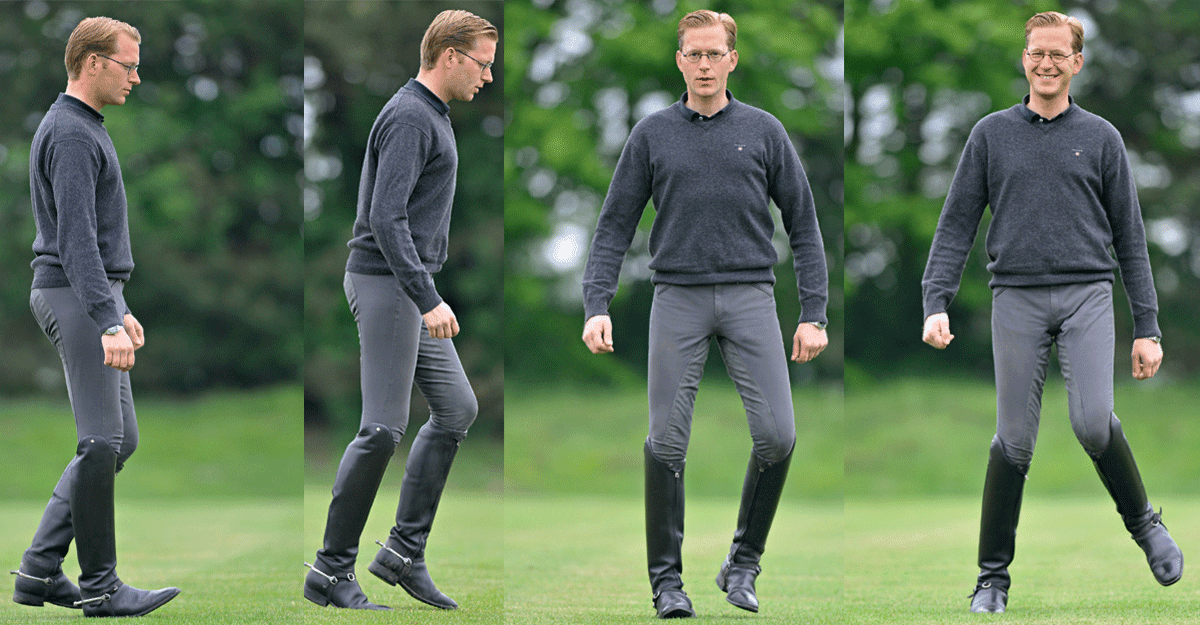
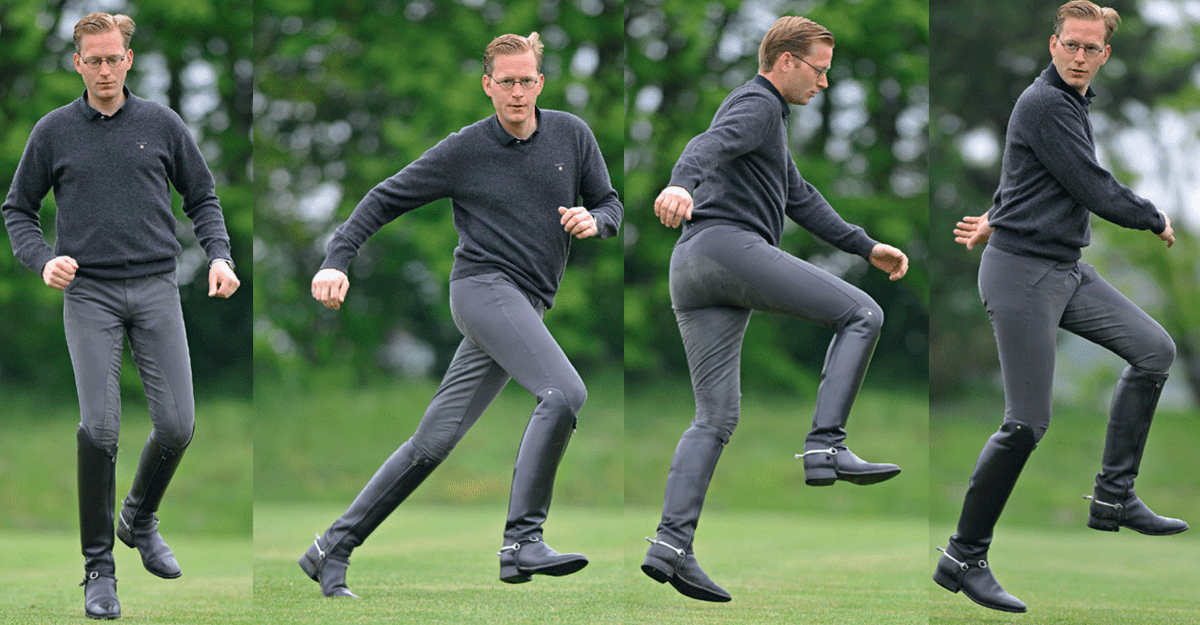
Rebecca Didier (source) translation by Valeria Smirnova.



